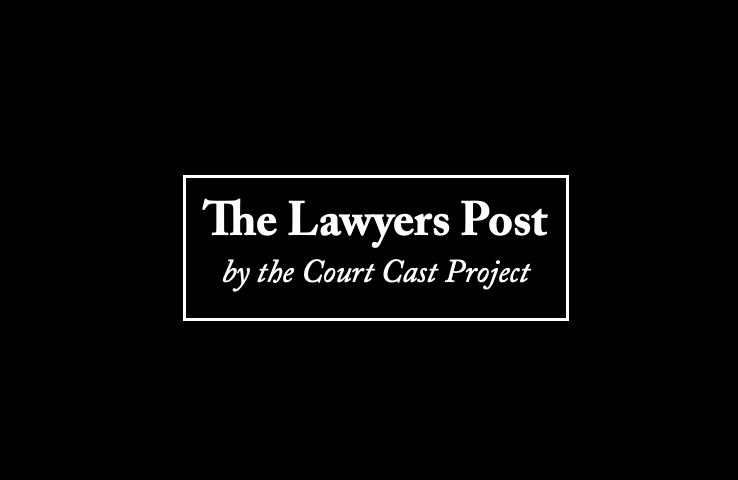In a scathing indictment of the criminal justice process, the Supreme Court has struck down the conviction and death sentence of a man accused of raping and murdering a minor, pointing to glaring irregularities in how the trial was conducted—starting with the illegal admission of the accused’s confession and ending with broken links in crucial forensic evidence.
The bench, comprising Justices Vikram Nath, Sanjay Karol, and Sandeep Mehta, minced no words in calling out the trial judge for allowing the investigating officer to read out the accused’s so-called confession—recorded during investigation and not by a magistrate—as if it were gospel truth. Such a move, the Court emphasized, runs directly against the grain of the Indian Evidence Act and CrPC provisions that safeguard against forced or manipulated confessions.
“In what can only be described as a legal misadventure,” the Court noted, the trial court let Sub-Inspector Prahlad Singh narrate the full confession in open court, presenting it as evidence despite clear legal prohibitions. “Grossly illegal,” said the bench. “Distorted,” they added for emphasis.
The accused had originally been sentenced to death under multiple sections of the IPC and POCSO Act, including rape causing death and murder. But the Court found that the prosecution’s case was built on shaky procedural ground.
And that wasn’t the only crack in the case.
The Supreme Court also torched the handling of DNA evidence, declaring it inadmissible. Why? The prosecution never bothered to call the scientific expert who actually conducted the DNA analysis. Without that key testimony, the DNA report stood unsupported, unverified, and ultimately unreliable.
Referencing Rahul v. State of Delhi (2023), the Court reiterated that DNA profiling isn’t plug-and-play evidence. The methodology must be proven in court by the expert who performed it—not just filed like a forgotten appendix. “There is not even a semblance of evidence,” the Court remarked, pointing out that the chain of custody for the biological samples was untraceable and riddled with unanswered questions. Samples stored in police custody before reaching the lab were never confirmed to be properly sealed or intact.
The Court found the lapses too significant to ignore. “The very procedure of collection and forwarding of DNA samples is full of lacunae and loopholes,” it said, cutting through the fog of procedural neglect.
In conclusion, the apex court allowed the appeal, quashing the conviction and setting aside the death sentence. What was presented as a watertight case by the prosecution, the Court found to be punctured with fatal flaws.





